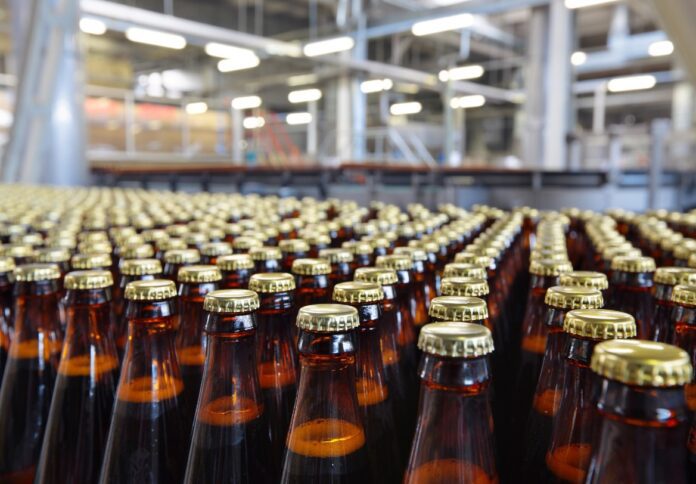
The Australian beer manufacturing industry has experienced steady revenue growth over the past decade, despite a decline in per capita beer consumption, according to a market research report by IBISWorld.
This growth is largely driven by increasing consumer preference for craft beers, which are perceived as higher quality and offer unique drinking experiences.
Major players in the industry, including Asahi and Lion, have responded to the shift in consumer demand by expanding their craft beer portfolios.
Lion’s 2021 acquisition of Fermentum Pty Ltd is one example of how larger brewers are leveraging acquisitions and marketing investments to capitalize on the craft beer trend.
According to IBISWorld, industry revenue has grown at a compound annual growth rate (CAGR) of 0.9 per cent over the past five years and is expected to reach approximately $8.7 billion in 2025.
This growth has been bolstered by consumers moving away from traditional full-strength beers, such as Victoria Bitter and XXXX Gold, and opting for premium-priced craft beers instead.
Despite lower overall beer consumption, higher selling prices and increased spending per beer have contributed to the industry’s revenue performance.
Geographically, most beer manufacturers in Australia are concentrated in New South Wales and Victoria, reflecting the high population density and market demand in these states.
However, new entrants to the industry face significant barriers, including securing land, acquiring manufacturing equipment, and obtaining necessary licenses.
Additionally, competition with established brewers for shelf and tap space remains a challenge.
Looking ahead, the market size for the Beer Manufacturing industry is projected to continue growing through 2030.
However, rising excise taxes pose a challenge to profit margins. The Independent Brewers Association has highlighted that Australia has the third-highest tax on beer globally, trailing only Norway and Finland.
This high taxation significantly affects the cost structures of breweries, potentially impacting profitability and pricing strategies.
In terms of product segmentation, traditional full-strength beer remains the largest revenue contributor despite a gradual decline in market share.
This category, which includes well-known brands like Victoria Bitter and Carlton Draught, continues to be a staple for many consumers.
Meanwhile, mid-strength and light beers are also part of the market mix but have not surpassed the revenue generated by full-strength offerings.




















